
Digital diarist showcasing Mumbai's Art Deco. Chronicler of its history. Advocate for its conservation. https://t.co/0E0LRdmwpt / Non Profit
How to get URL link on X (Twitter) App




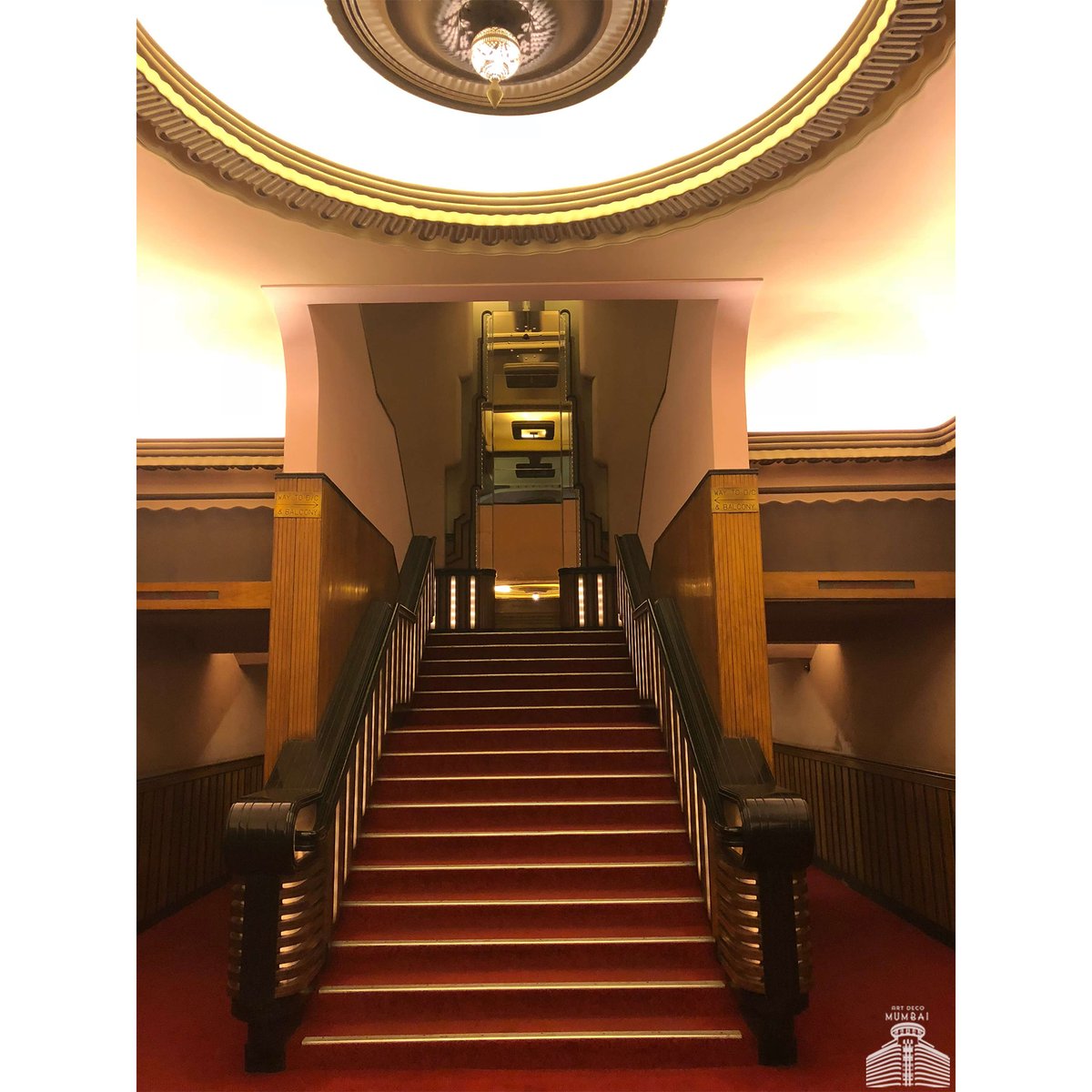
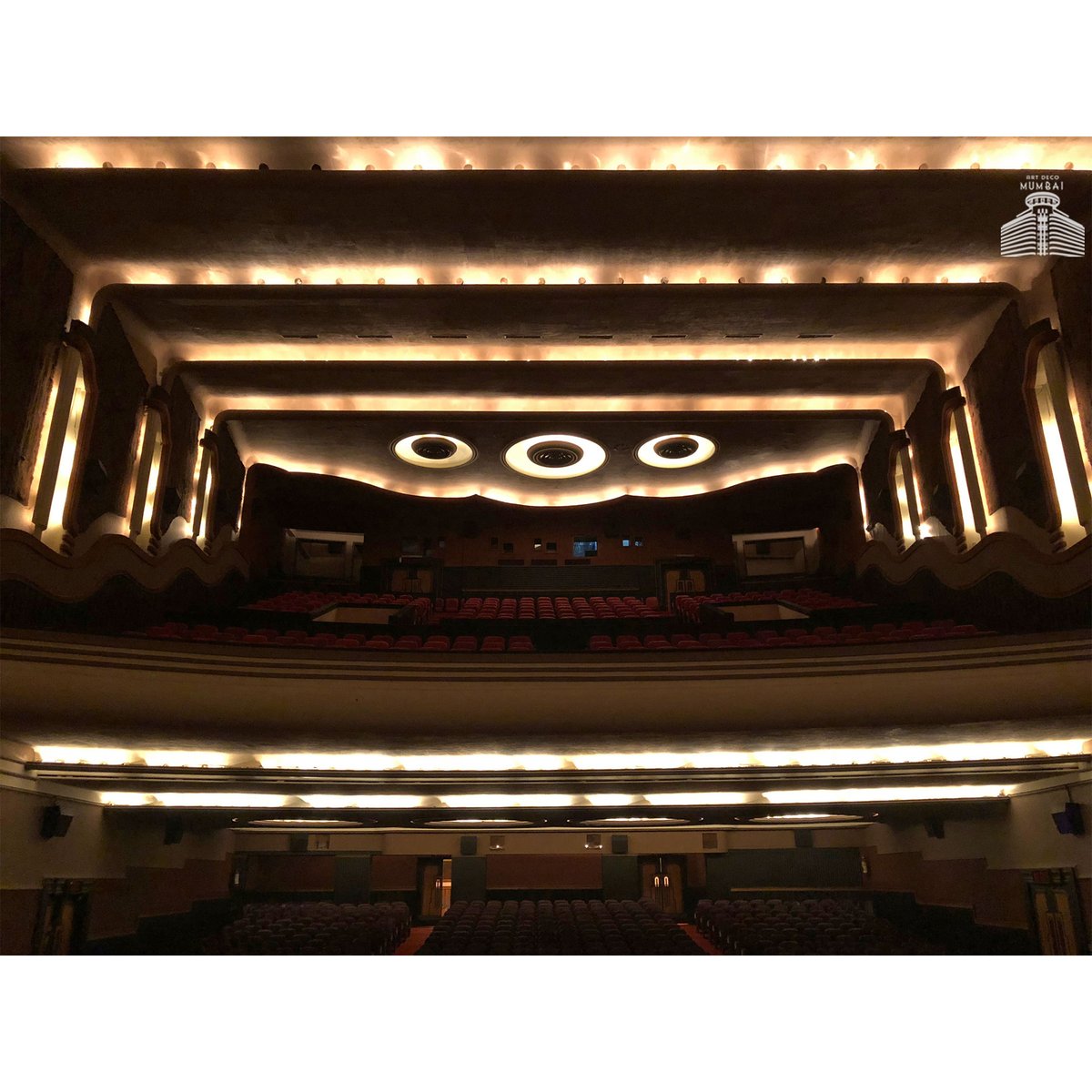
 Unfortunately, soon after the completion of the first floor, he died in a plane crash while travelling to England on holiday. J B Fernandes completed the construction work.
Unfortunately, soon after the completion of the first floor, he died in a plane crash while travelling to England on holiday. J B Fernandes completed the construction work. 





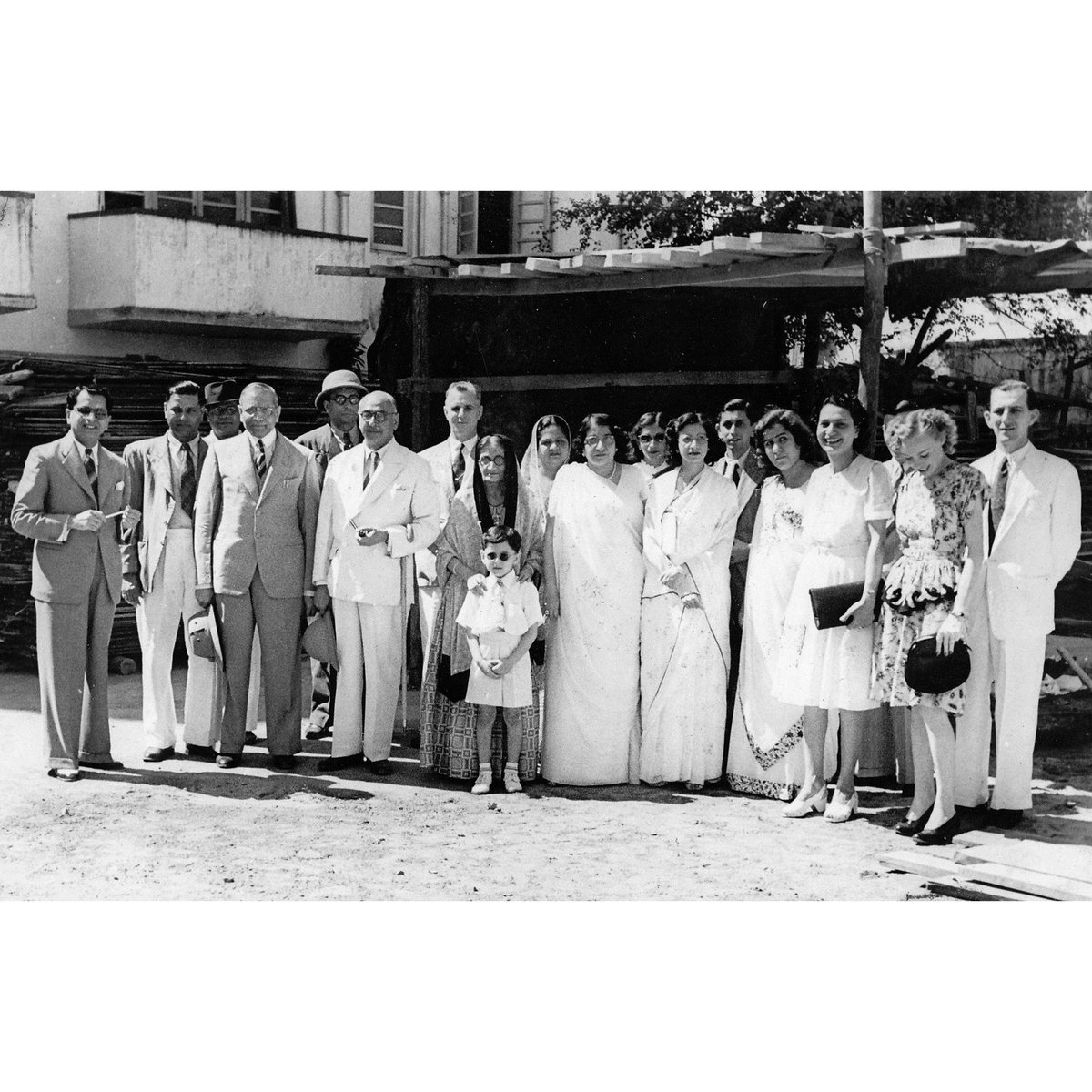
 Moving away from Hollywood, it showed only Hindi films. "That a house of this kind should declare itself exclusive for Indian films is a matter of pride and pleasure to the industry." - Motion Picture Magazine, April 1949 (2/8)
Moving away from Hollywood, it showed only Hindi films. "That a house of this kind should declare itself exclusive for Indian films is a matter of pride and pleasure to the industry." - Motion Picture Magazine, April 1949 (2/8) 


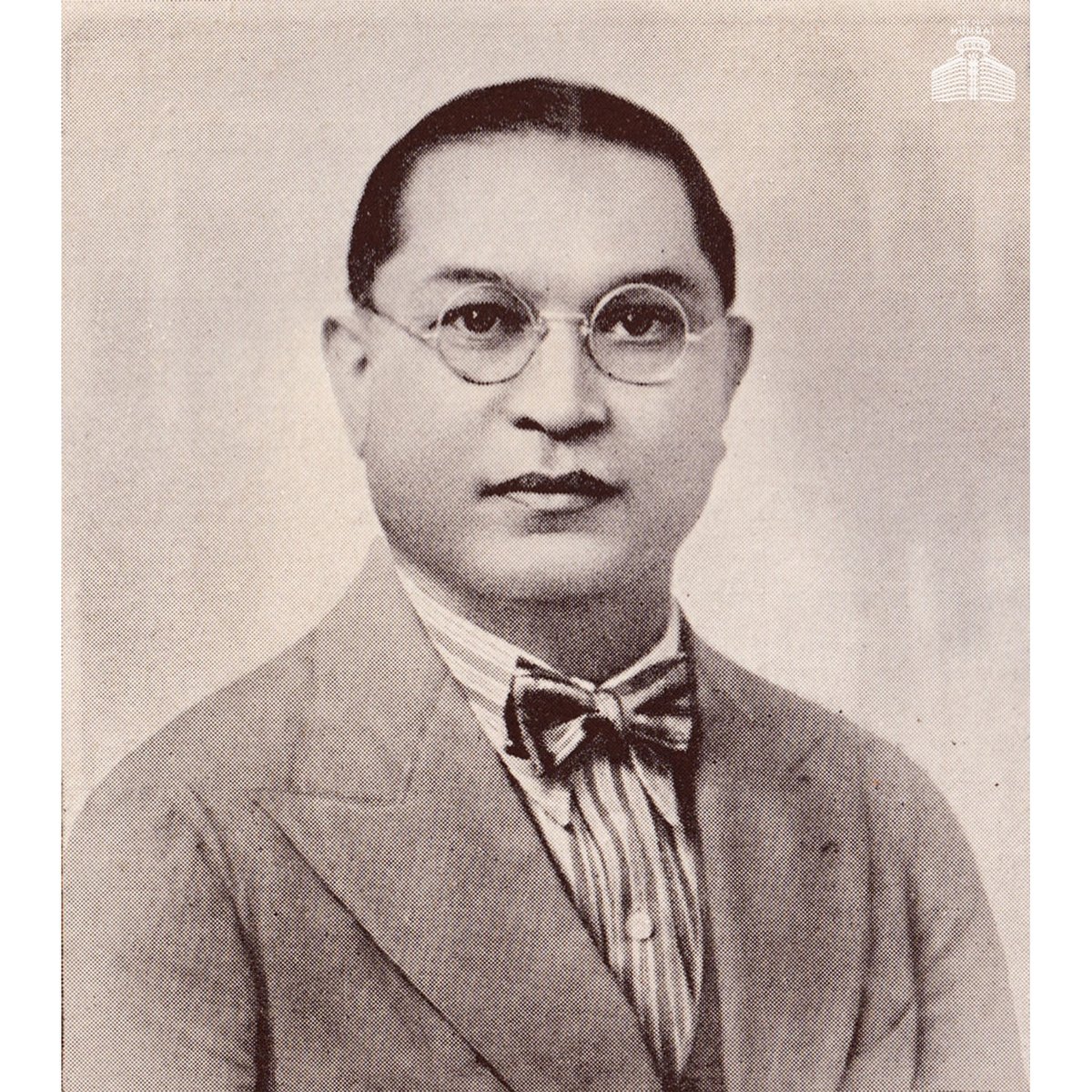

 After 5 years of careful thought and planning with experts from all parts of the world, Cambata successfully built an ultra-modern enterprise that stood higher than anything that was attempted in the Entertainment world of this country and many European cities (2/5)
After 5 years of careful thought and planning with experts from all parts of the world, Cambata successfully built an ultra-modern enterprise that stood higher than anything that was attempted in the Entertainment world of this country and many European cities (2/5) 
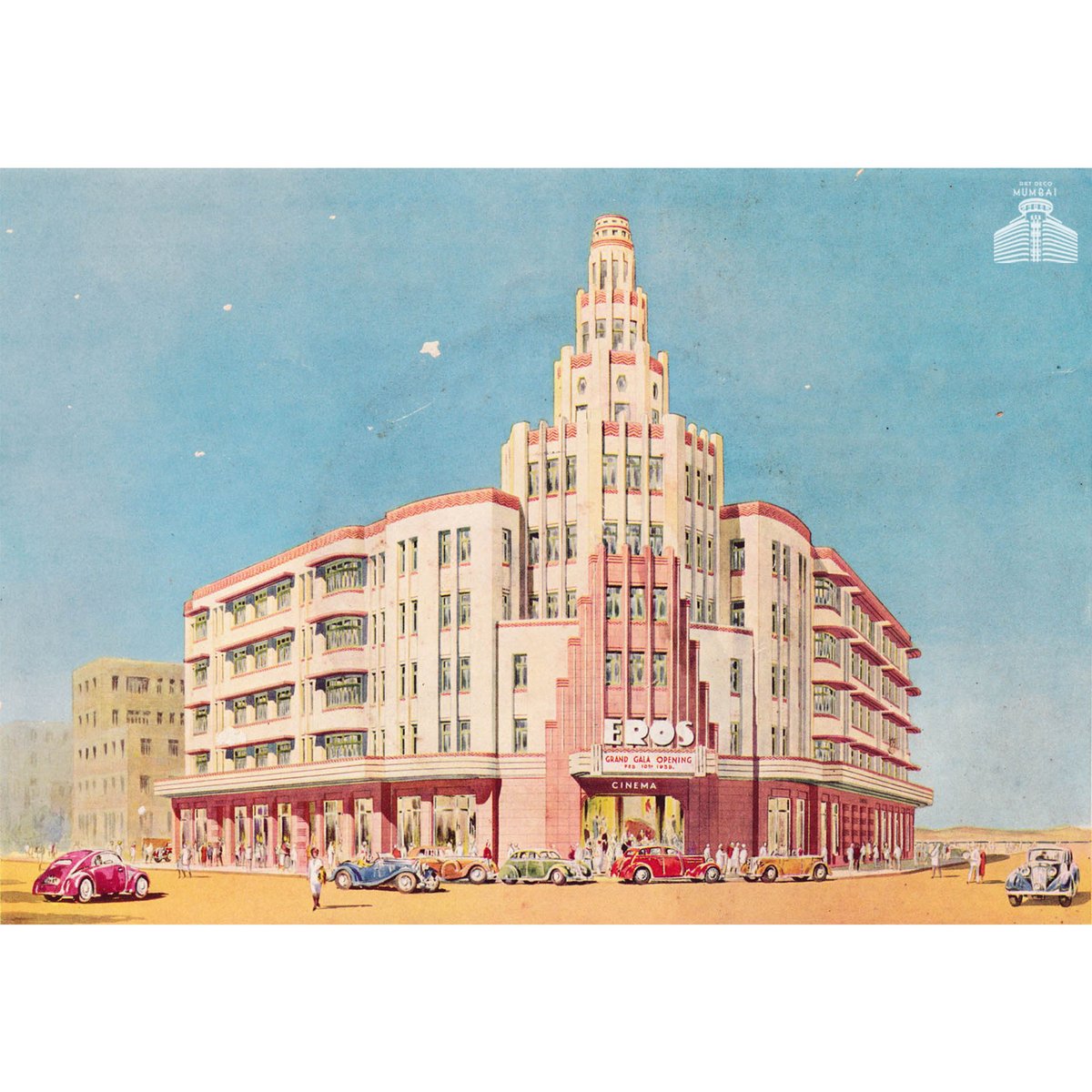



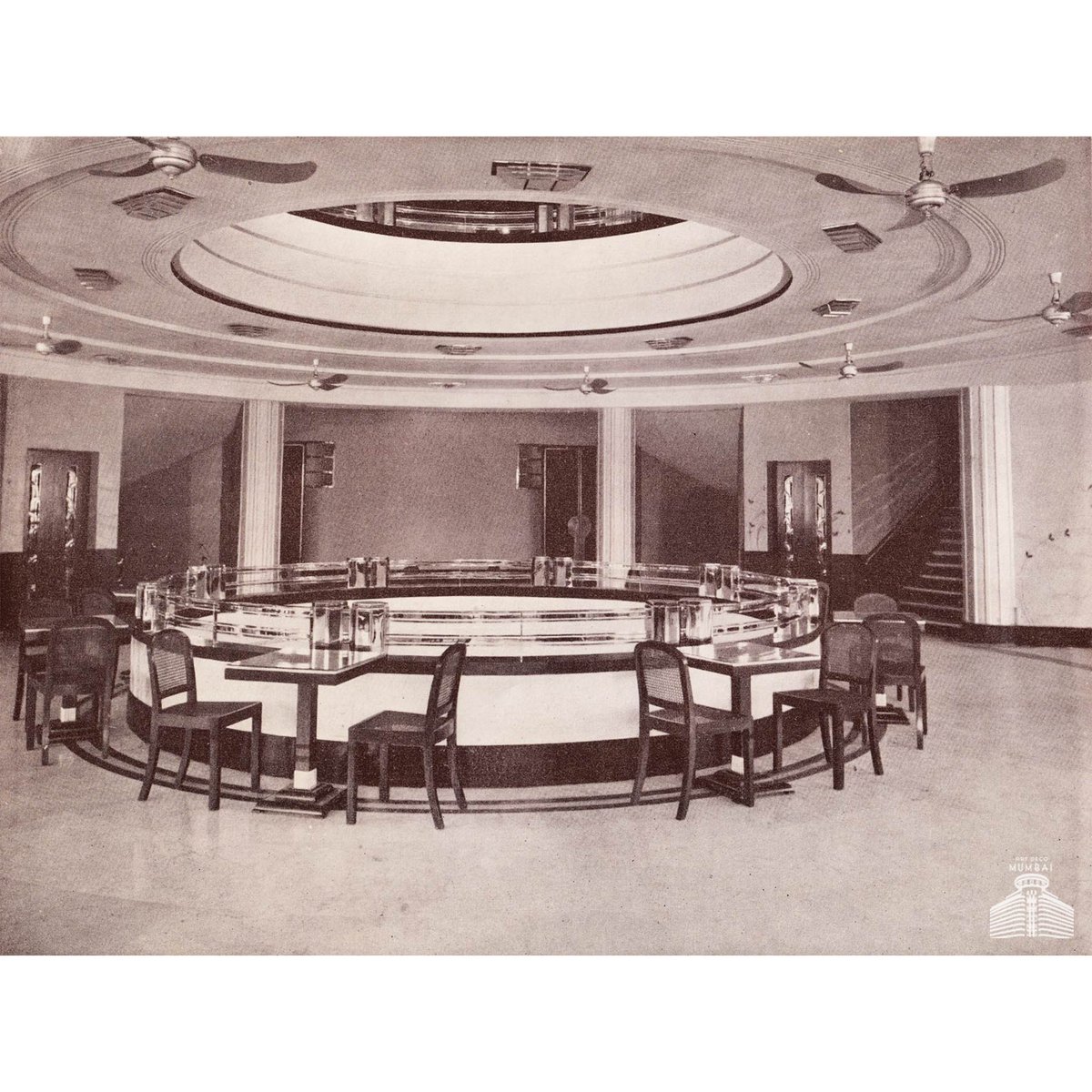 The perforated rubber cinema screen was the largest of its kind in India. The stage, measuring 46 feet by 26 feet was one of the largest in existence, and had an orchestra space to accommodate about 50 musicians (2/6)
The perforated rubber cinema screen was the largest of its kind in India. The stage, measuring 46 feet by 26 feet was one of the largest in existence, and had an orchestra space to accommodate about 50 musicians (2/6) 






 instead of Rs 68 for 4th floor sea views. Ram-Na m is a majestic streamlined street corner building with reeded spandrels and a cylindrical turret at the roof. Tanya George @tanyatypes says, "The lettering for the building name uses bold, geometric shapes. The stencil-like effect
instead of Rs 68 for 4th floor sea views. Ram-Na m is a majestic streamlined street corner building with reeded spandrels and a cylindrical turret at the roof. Tanya George @tanyatypes says, "The lettering for the building name uses bold, geometric shapes. The stencil-like effect




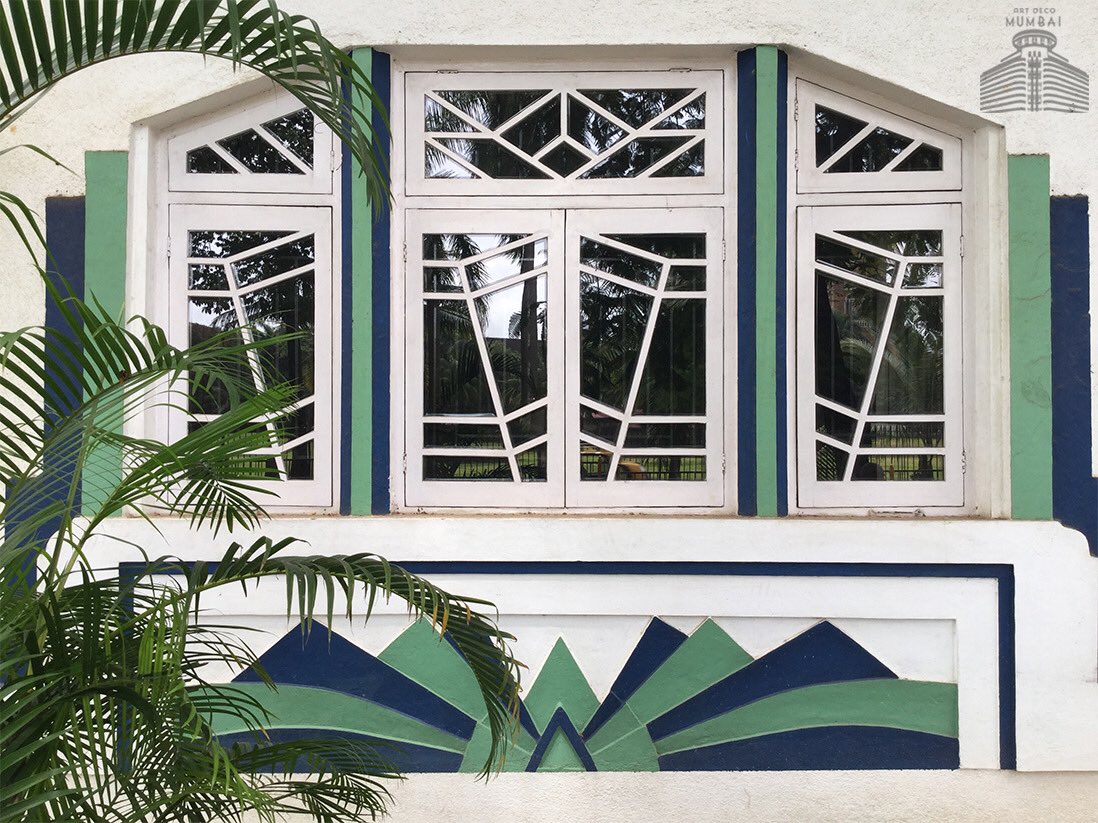 balconies and windows exhibited a harmonious aesthetic reflected through similar patterns, materials or the use of colours, all subtly pleasing to the eye. The diagonal mullion and horizontal transom in the stunning windows at Rajjab are a great example. They serve no purpose of
balconies and windows exhibited a harmonious aesthetic reflected through similar patterns, materials or the use of colours, all subtly pleasing to the eye. The diagonal mullion and horizontal transom in the stunning windows at Rajjab are a great example. They serve no purpose of




 certainly the tallest fire temple.” - #Parsiana 2019 & 1979. A severely restrained treatment of wall surfaces and of features reminiscent of the early building traditions of the homeland of Prophet Zoroaster provide a modern interpretation of a temple. The guardian bulls were
certainly the tallest fire temple.” - #Parsiana 2019 & 1979. A severely restrained treatment of wall surfaces and of features reminiscent of the early building traditions of the homeland of Prophet Zoroaster provide a modern interpretation of a temple. The guardian bulls were



 expression of the life of a community’. Marine Drive with 35 consecutive Art Deco sea facing buildings was the road to be on. The automobile brought speed, power, streamlined design, mobility and symbolised both success and affluence in a modern aspirational city. In these pics
expression of the life of a community’. Marine Drive with 35 consecutive Art Deco sea facing buildings was the road to be on. The automobile brought speed, power, streamlined design, mobility and symbolised both success and affluence in a modern aspirational city. In these pics




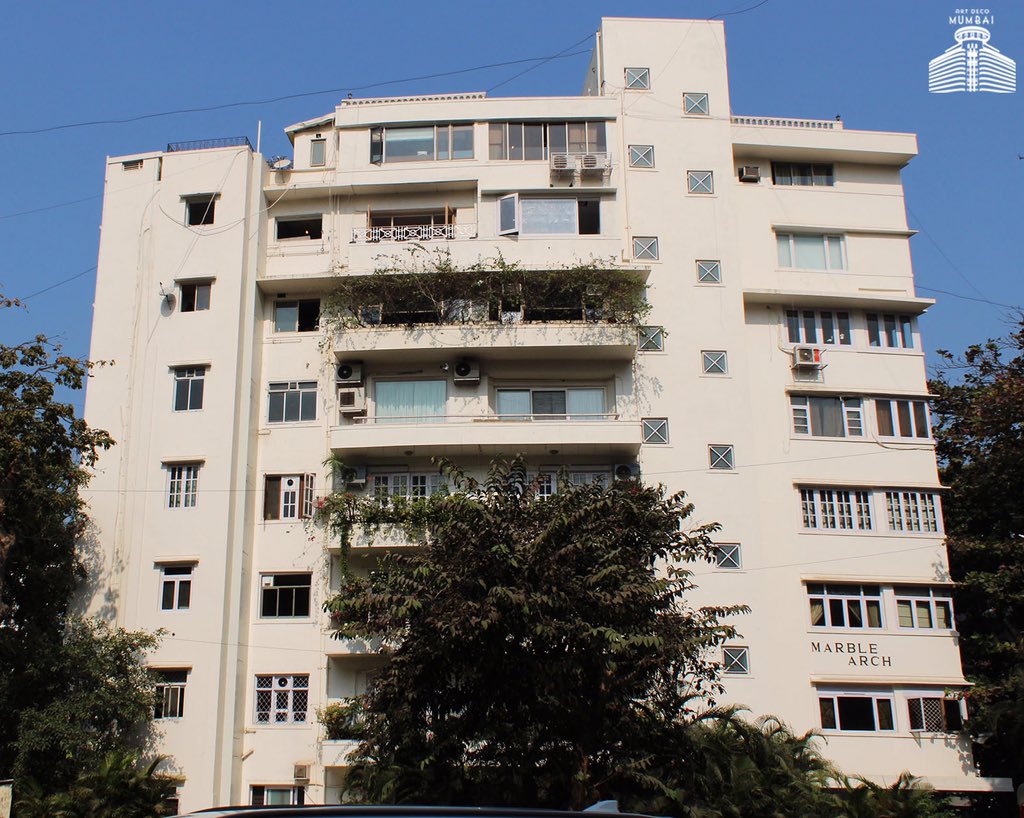 proportioned and detailed. Mhatre’s later buildings, Marble Arch on Pedder Road was outstanding when built in the 1940s and remains so today. It is especially interesting in its site placement and entry way. Marble Arch is curved so that both sides are seen as you approach it
proportioned and detailed. Mhatre’s later buildings, Marble Arch on Pedder Road was outstanding when built in the 1940s and remains so today. It is especially interesting in its site placement and entry way. Marble Arch is curved so that both sides are seen as you approach it




 Writing in the 1937 Journal of the Indian Institute of Architects, he expressed his unhappiness at the assignment stating “the head room for the staircase is very little this being due to the mistake in the original layout of the plan. This gave me a lot of trouble in designing
Writing in the 1937 Journal of the Indian Institute of Architects, he expressed his unhappiness at the assignment stating “the head room for the staircase is very little this being due to the mistake in the original layout of the plan. This gave me a lot of trouble in designing



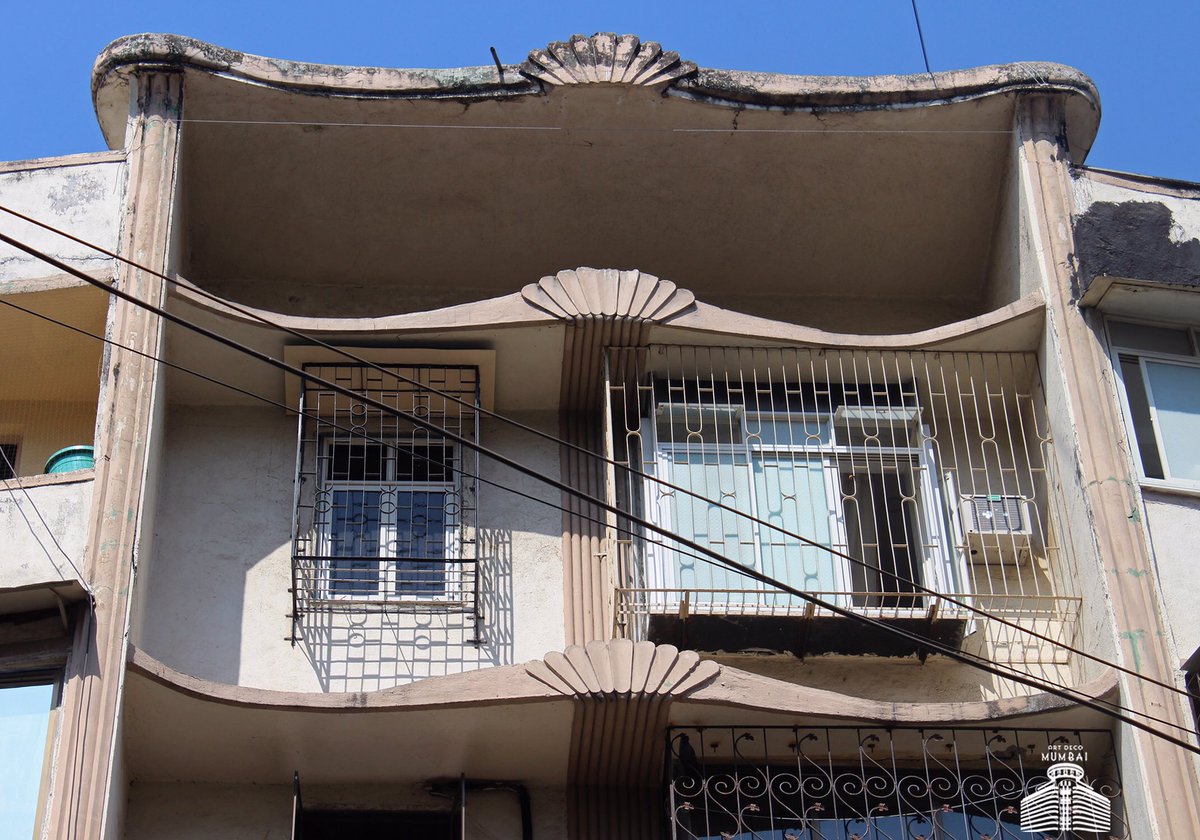 after selling the construction rights of another Art Deco building - Gobind Mahal, on Marine Drive; and went on to make a film called ‘Marine Drive’ (1955)! In ‘Sholay, the making of a classic’ @anupama.chopra narrates that he had property interests, especially in Colaba
after selling the construction rights of another Art Deco building - Gobind Mahal, on Marine Drive; and went on to make a film called ‘Marine Drive’ (1955)! In ‘Sholay, the making of a classic’ @anupama.chopra narrates that he had property interests, especially in Colaba




 side and not symmetrically on both sides. Rectilinear corner sunshades or eyebrows mark the left corner of the elevation.’’ Vandana Baweja, Associate Prof., School of Architecture, Univ. of
side and not symmetrically on both sides. Rectilinear corner sunshades or eyebrows mark the left corner of the elevation.’’ Vandana Baweja, Associate Prof., School of Architecture, Univ. of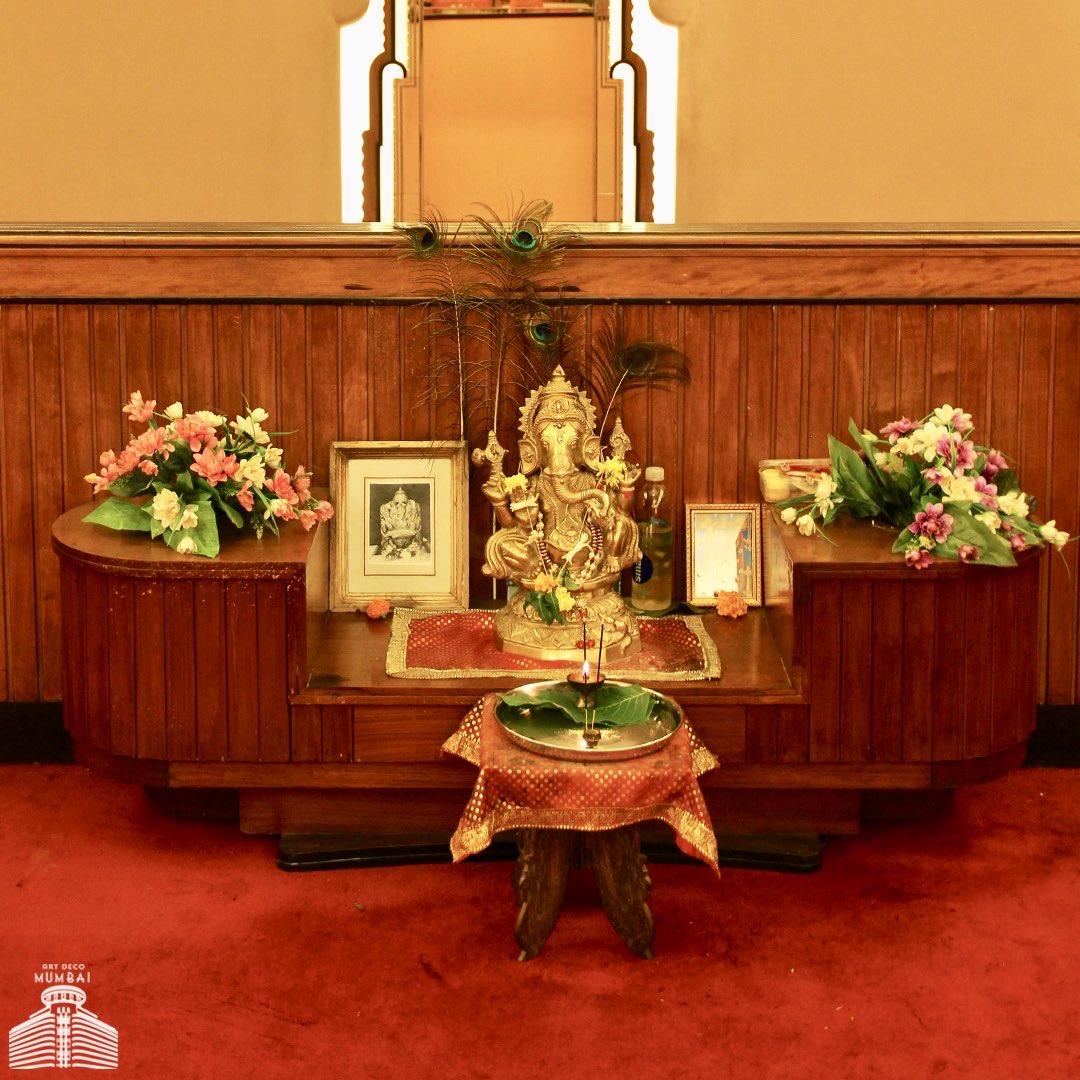


 I said, “It will cost me 10 lacs. What happens if your film bombs?” So they said “If it bombs, we’ll pay you whatever you’ve paid for the sound system.” I said done. No agreement, nothing. Just a good handshake. The rest, as they say, is history. Contd.
I said, “It will cost me 10 lacs. What happens if your film bombs?” So they said “If it bombs, we’ll pay you whatever you’ve paid for the sound system.” I said done. No agreement, nothing. Just a good handshake. The rest, as they say, is history. Contd.